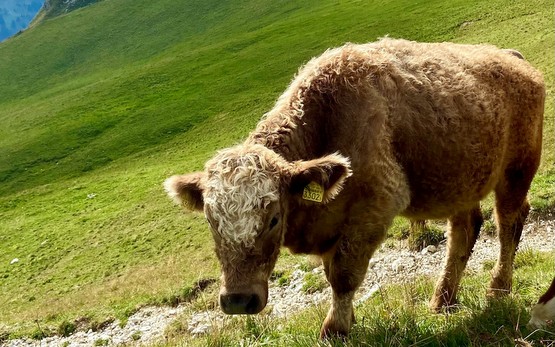Grassland soils store around 20% of global carbon stocks. In many places, however, over-intensive management of grasslands leads to a deterioration in grassland quality. Carbon can be released from the soil as a result. Optimal management in terms of carbon storage therefore differs from situation to situation and has not yet been sufficiently researched.

Content and aim
It is estimated that improved pasture management and other measures (e.g. woodland grazing) can potentially store up to 150 Tg of soil carbon (in CO2eq) per year. Soil carbon storage in different grassland systems depends on multiple factors. Our aim is therefore to gain a better understanding of carbon storage in grassland soils worldwide. To this end, we selected ten tropical and temperate locations around the globe, including Switzerland. Using measurements and model simulations, we are investigating how changes in management affect soil carbon content and identifying specific strategies to increase it. These strategies include improved management (e.g. avoiding overexploitation) and restorative measures to reverse desertification (e.g. participatory pasture management).
Societal benefits
Our work will yield important new information on how grassland systems should best be managed in order to maximise soil carbon storage. Our findings will therefore make an important contribution to climate protection.
Contact
Project Partners
- Centre for Research on Sustainable Agriculture
- Universidad Politécnica de Madrid Agricultural
Production - National Institute of Agronomic Technologies
- Centro Internacional de Agricultura Tropical
- International Livestock Research Institute
- Rothamsted Research
- AgResearch
- Jaramogi Oginga Odinga University of Science
and Technology - Karlsruhe Institute of Technology
Team@Agroscope





